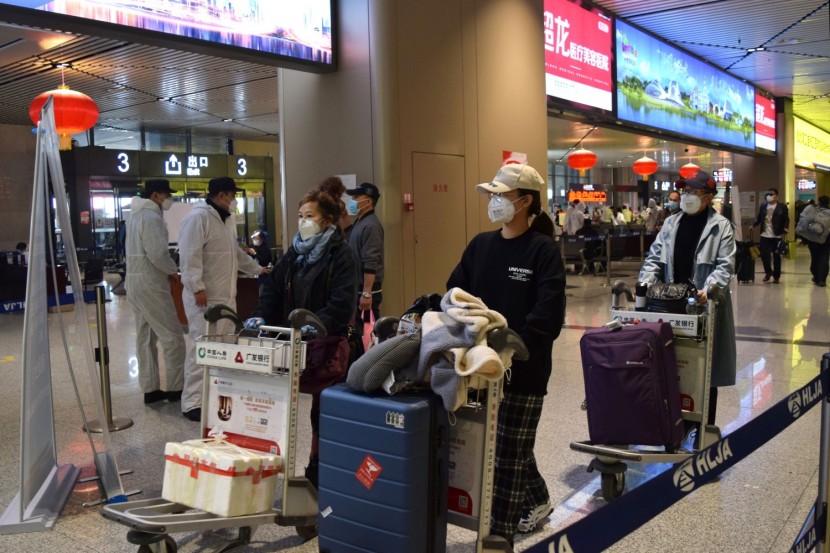
The northeastern Chinese province of Heilongjiang which borders Russia is being targeted by Chinese Health Officials as the new frontline of the country's continued battle with the possible re-emergence of the coronavirus disease (COVID-19) as new cases rose to its highest in almost six weeks.
While the number of new cases in China is still relatively lower than other hotspots worldwide, the country is still working hard to prevent a possible second wave of the outbreak due to the rise in the number of imported cases in the country.
On April 13, the number of new cases reported in mainland China was 108, which was higher than the 99 which were reported on the previous day. This is also the highest daily tally that has been recorded in the country since the March 5. Out of the 108 new cases, 98 were imported cases, and half of those infections were found on Chinese who recently returned from the Far Eastern Federal District of Russia. It was also noted by the authorities that those Chinese nationals re-entered the country through the border in Heilongjiang province.
In response to the said threats, stricter quarantines and tighter border controls are being imposed by the Chinese cities along the frontline region.
On Heilongjiang's provincial capital, Harbin, and on the city of Suifenhe, everyone who arrives from abroad is mandated to undergo 28 days of quarantine and are required to undergo nucleic acids and antibodies test.
Zhu, a resident of the border city of Suifenhe told Reuters that he thought that they were already safe in their quiet little town. He also expressed his frustrations with Chinese nationals who want to come back to the country amid this crisis saying that the action is not very sensible.
Imposing the same restrictions placed in Wuhan

The land route through Suifenhe is only one of the few options for Chinese who are trying to return to China after Russia stopped all flights going to the country except for evacuation purposes. However, the land route is only an option for Chinese national who are returning since China's borders with Russia remain closed.
After last week's announcement on the restriction on movement and gatherings, the city's streets became virtually empty last Sunday night. Authorities also imposed the same preventive measures that were imposed in Wuhan, the city were the virus first emerged back in December.
At the moment, the latest update on the number of cases in China reported a total of 82,160. However, despite the fact that the number of infections has plummeted sharply compared to its peak back on February 12 when there were more than 15,000 cases which were reported in a single day, in the past few weeks the country has seen a rising trend in the number of cases after it hit a low last March 12.
According to residents of Suifenhe, many people have already fled from the city in fear of the possible contagion, but others chose to stay and placed their trust in the containment measures which are mandated by the authorities.
© 2026 HNGN, All rights reserved. Do not reproduce without permission.








